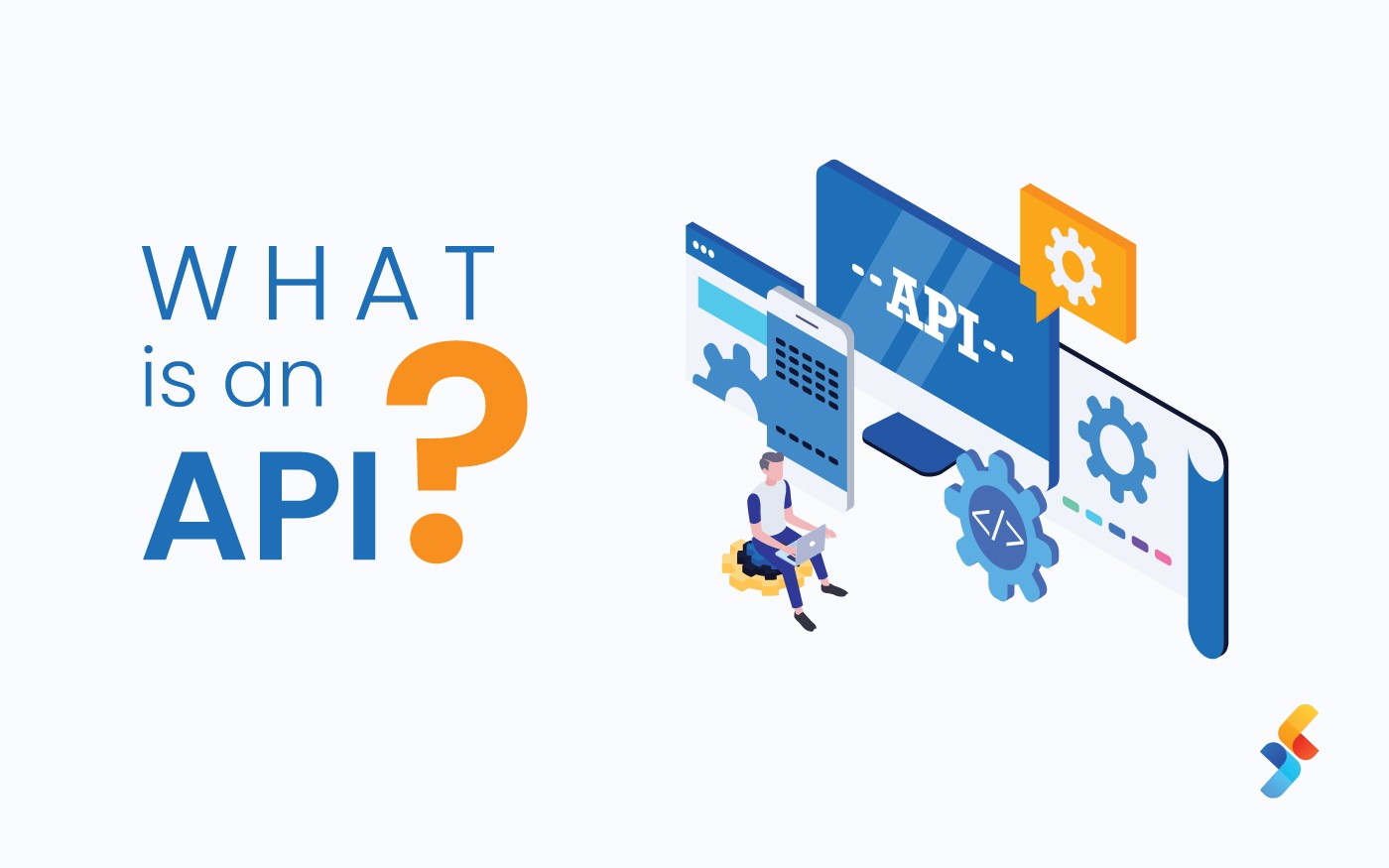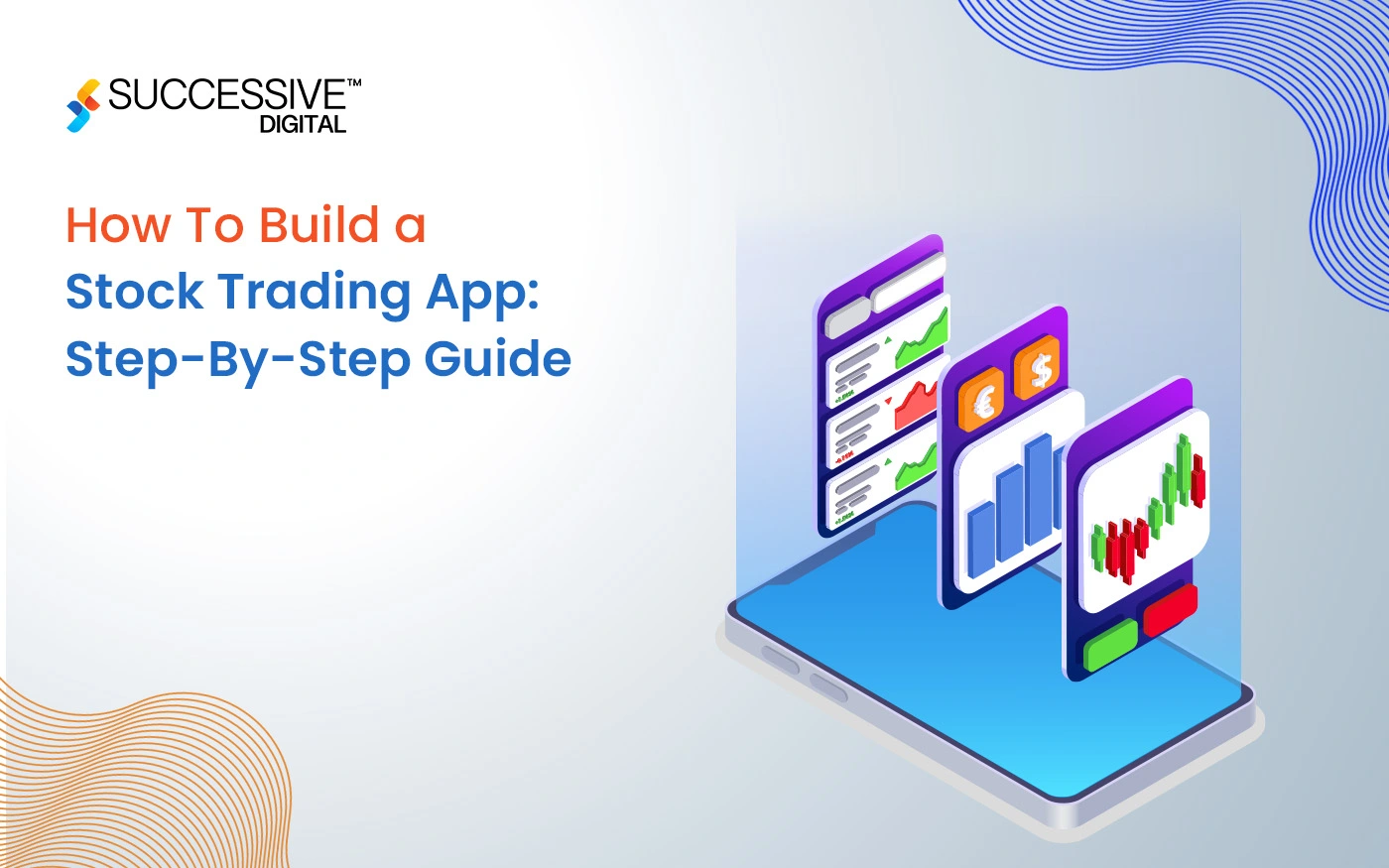Mobile phones have become an integral part of our lives, and so have mobile apps. There has been a significant increase in mobile phone users in the last decade. According to a survey, 6.92 billion people will own smartphones globally in 2023, up to 85.74% of the world’s population. It became essential for businesses to develop mobile applications to reach their target audience easily. But while developing mobile applications, it’s very crucial to decide between native or hybrid mobile app development.
Businesses are opting for hybrid mobile app development due to their advantages regarding costs, time to market, and other aspects. According to a Forbes survey, 37 of America’s Top 50 retail applications are hybrid. Furthermore, hybrid applications are used by prominent platforms like Uber, Gmail, Instagram, Twitter, etc. Now— you must want to know more about hybrid applications. This blog will serve as a comprehensive guide for hybrid app development.
What is hybrid mobile app development?
Hybrid application development entails creating a single program on various mobile platforms, including Android, iOS, and Windows. Unlike native app development, which requires developers to utilize a platform-specific programming language to create apps for several operating systems, it works on a single code base for every OS.
For example, if you want to create a native iOS app, you must use Swift or Objective-C, whereas you must use Kotlin or Java to create an app for Android OS. Alternatively, you can leverage a single code base developed in React Native, Flutter, Maui, or any other OS-agnostic technology.
In addition, hybrid mobile app development is one of the most significant ways to reduce development and maintenance expenses in today’s competitive and challenging business environment. Companies compete to hire hybrid app developers due to increased skill demand.
Native Vs. Hybrid Mobile App Development
It takes a lot of effort and money to develop a mobile application. Thus, it would help if you decided between native and hybrid apps when choosing your approach to creating a new mobile application. Considering the project’s target audience, budget, schedule, and complexity, you can select the best solution for your mobile application.
Native applications are purpose-built for specific platforms, such as Apple’s iOS. Developers develop these apps using programming languages compatible with the operating system of the chosen platform. Leveraging the full spectrum of native device functionalities, these apps offer enhanced security and speed, ensuring optimal performance.
However, the prominence of native apps comes with a trade-off—considerable development and maintenance costs. Despite their efficiency and ability to seamlessly utilize the platform’s capabilities, the investment required for their creation and ongoing upkeep remains a significant consideration. But if you need to target customers of a specific platform or want greater performance, you might consider developing a native app.
On the other hand hybrid app development offers the advantage of writing code once and deploying it across multiple platforms like Android, iOS, and Windows. This flexibility allows developers to select from a range of programming languages and frameworks, granting them greater autonomy.
Yet, hybrid apps necessitate a more extensive codebase to ensure compatibility across diverse operating systems and versions. Nevertheless, due to the singular codebase requirement, these apps significantly lower both development and maintenance expenses.
Also read – Headless vs. Traditional vs. Hybrid CMS
Pros of Hybrid Mobile Apps
-
Cross-Platform Compatibility
Hybrid apps excel in their ability to run across various platforms, offering a consistent user experience. They leverage a single codebase that can be deployed on multiple platforms, such as iOS, Android, and even the web. This minimizes development efforts and ensures wider accessibility without compromising performance.
-
Less Time to Market
One of the key advantages of hybrid apps is their faster development cycle. With a single codebase, developers can build applications more rapidly compared to native apps that require separate coding for different platforms. This speed-to-market advantage can be crucial in seizing early market opportunities and staying ahead in a competitive landscape.
-
Enhanced User Experience
Hybrid apps can offer a seamless user experience by combining the best web and native applications. They leverage web technologies like JavaScript, Flutter, and React native and tap into device-specific features using plugins or hybrid app development frameworks. This unification results in visually appealing, responsive apps leveraging native device functionalities.
-
Ease of Maintenance
Maintaining hybrid apps is generally more accessible due to their single codebase. Updates and modifications can be applied uniformly across platforms, reducing maintenance efforts and costs. This streamlined approach simplifies the management of the application, ensuring consistent performance and more clean bug fixes.
6 Phases of Hybrid App Development
Developing a hybrid app involves six key stages, all essential to creating a successful and user-centered application. Let’s understand the six phases of hybrid app development:
-
Planning:
A meticulous planning phase is imperative before developing. This involves defining the app’s objectives, target audience, and features. The key components are understanding the user journey, outlining functionalities, and setting a clear roadmap. Market research and competitor analysis also help in creating a unique value proposition.
-
Designing the Architecture:
Crafting a solid architecture lays the foundation for the app’s functionality and performance. This phase involves creating wireframes and mockups based on the initial plan. It includes deciding on the tech stack and framework and considering factors like scalability, security, and user experience. The architecture design phase aims to establish a clear structure for seamless navigation and user interaction.
-
Development:
Implementing the design and architecture, developers start coding the app. In hybrid development, this often involves using web technologies like JavaScript within a framework like React Native or MAUI. This phase demands collaboration between front-end and back-end developers to ensure smooth integration of features and functionalities.
-
Testing & Debugging:
Rigorous testing is very important to identify and rectify any glitches or inconsistencies. Quality Assurance (QA) engineers conduct various tests, including functionality, usability, performance, and security checks. This phase aims to ensure the app meets industry standards and user expectations. Debugging involves resolving any issues identified during testing and providing final product.
-
Deployment:
The app is ready to launch after successful testing. Deployment involves making the app available to users through app stores or enterprise distribution platforms. It includes creating app store listings, setting up analytics tools, and optimizing for search engines. A smooth deployment process is crucial for a successful market entry.
-
Maintenance:
Post-launch, the app requires ongoing maintenance and support. This phase involves monitoring app performance, addressing user feedback, releasing updates, and incorporating new features or improvements based on evolving user needs. Regular maintenance ensures the app remains competitive, secure, and aligned with the latest technological advancements.
Cost Analysis Of Hybrid Mobile App Development
The development process involves many aspects. Furthermore, the overall cost may be impacted by these variables. This includes the intricacy of the application, the features and functionalities it will offer, the platform, the development team’s expertise level, and their location. The average cost to design a hybrid app might be anything from $30,000 to $200,000 or more, depending upon the app’s complexity.
| Simple App Development Cost | $30000- $50000 |
| Moderate App Development Cost | $50000- 200K |
| Complex App Development Cost | $200K+ |
You must become familiar with project specifications to obtain an accurate cost estimate. For this reason, we strongly advise that you communicate your intentions to the mobile app development company about the project’s requirements.
Factors Affecting Hybrid App Development Cost
Features
- Complexity of Features: The number and complexity of features significantly impact development costs. Advanced functionalities like real-time synchronization, AR/VR integration, or complex algorithms require more development time and expertise, thus increasing costs.
- Customization: Tailoring unique features to meet specific business needs can drive costs, as they demand more time and resources than utilizing off-the-shelf solutions.
Tools & Technologies
- Choice of Framework: Different frameworks ex- React Native, Flutter have varying learning curves, development efficiencies, and associated costs. Opting for premium tools or frameworks might involve licensing fees or higher initial investments.
- Development Tools: IDEs, debugging tools, and project management software expenses impact development costs.
Complexity
- User Interface (UI) and User Experience (UX): Design complexities, animation intricacies, and interactive elements significantly influence costs, especially when aiming for a visually appealing and intuitive app.
- Integration Requirements: Integrating with existing systems, databases, or third-party APIs adds complexity and development time, affecting costs.
Regional Differences
- Labor Costs: Developer rates vary globally, impacting overall development expenses. Offshore hybrid mobile development might offer cost savings but could affect communication, quality, and project management.
- Regulatory Compliance: Adhering to regional regulations and compliance standards may require additional development efforts and legal consultations, influencing costs.
Application Type
- Simple vs. Complex Apps: The nature of the application, whether it’s a simple informational app or a feature-rich enterprise-level solution, significantly impacts costs.
- Platform Compatibility: Designing for various devices and operating systems adds complexity and testing efforts, affecting overall expenses.
Third-Party Integration
- API Costs: Utilizing third-party services or APIs for functionalities like payments, analytics, or social media integration might involve subscription fees or transaction-based charges.
- Security and Privacy: Implementing robust security measures through third-party solutions adds additional costs but is crucial for safeguarding user data.
3 Most Popular Frameworks for Hybrid App Development
Hybrid app development has become essential for businesses looking to employ web and native app functionalities smoothly. Choosing the correct framework is critical while developing a hybrid application. The five most popular frameworks are innovation pillars, which balance performance, user experience, and development efficiency.
-
React Native
Pros: Developed by Facebook, it uses JavaScript and allows developers to build rich, interactive mobile apps with a native look and feel for iOS and Android. It offers a large community, reusable components, and excellent performance.
Cons: Some platform-specific features might require native modules, adding complexity. Debugging can be challenging at times.
-
Flutter
Pros: Powered by Google, Flutter uses Dart language and provides a single codebase for iOS, Android, and web applications. It offers a highly customizable UI, fast development, and hot reload for quick iterations.
Cons: It’s relatively new, so the community and third-party library support might not be as extensive as other frameworks.
-
MAUI
Pros: A Multi-platform App UI is an open-source framework developed and maintained primarily by Microsoft. It offers a promising avenue for cross-platform development. Its key advantages lie in enabling unified codebases across iOS, Android, Windows, and macOS, boosting developer productivity and streamlining maintenance.
Cons: Migration complexity, possible limits with the initial release, and the additional work required to access platform-specific capabilities are some challenges.
Conclusion
The cost and time involved in creating mobile applications for every platform are high. Benefits like cost-effectiveness, quicker time to market, and cross-platform compatibility are driving the popularity of hybrid apps. Making the appropriate decision when developing your mobile application is essential, though. Making the right choice is aided by considering variables such as target audience, time, and development costs.
Developing hybrid mobile apps can benefit your company unless you are trying to reach a specific mobile platform demographic. You can obtain nearly the same performance as a native app while saving significant money. Selecting the ideal development team for your project is the next stage. If you want to develop a robust hybrid application, you can contact us. Successive is a trustworthy brand since 10 years in the industry and helped clients to boost their business productivity and growth.
Frequently Asked Questions
Hybrid app development significantly reduces costs by leveraging a single codebase for multiple platforms. It allows developers to write code once and deploy it across various platforms, thereby minimizing development time and resources. This consolidation of efforts reduces the need for separate teams and extensive testing for each platform, contributing to cost efficiency. However, ensuring quality in hybrid apps involves thorough testing, robust frameworks, and skilled developers who can optimize the app’s performance across diverse platforms. A hybrid approach can maintain high-quality standards despite cost-saving measures by investing in these aspects.
Hybrid development expedites app delivery through its ‘write once, deploy anywhere’ advantage. The ability to use a single codebase for multiple platforms significantly reduces development timelines. Furthermore, hybrid frameworks like React Native, MAUI offer pre-built components and plugins that expedite development. This approach facilitates quicker iterations, allowing for faster updates and releases, crucial for timely deployment.
Hybrid app development has evolved considerably, allowing for near-native user experiences across diverse platforms. Advanced hybrid frameworks leverage native-like functionalities and UI components, resulting in a seamless and responsive user interface. By optimizing performance and leveraging device capabilities, hybrid apps can meet the expectations for high-quality user experiences on various platforms. However, ensuring a superior user experience demands skilled development, adherence to best practices, and optimization throughout the development lifecycle.
The choice of language for hybrid app development often depends on project requirements, developer expertise, and the targeted platforms. JavaScript, HTML, and CSS are commonly used for mixed app development. Frameworks like React Native (JavaScript-based), and Flutter (Dart) have gained prominence due to their capabilities in delivering near-native experiences. The selection should consider factors like performance, developer familiarity, community support, and the specific features required for the application.












